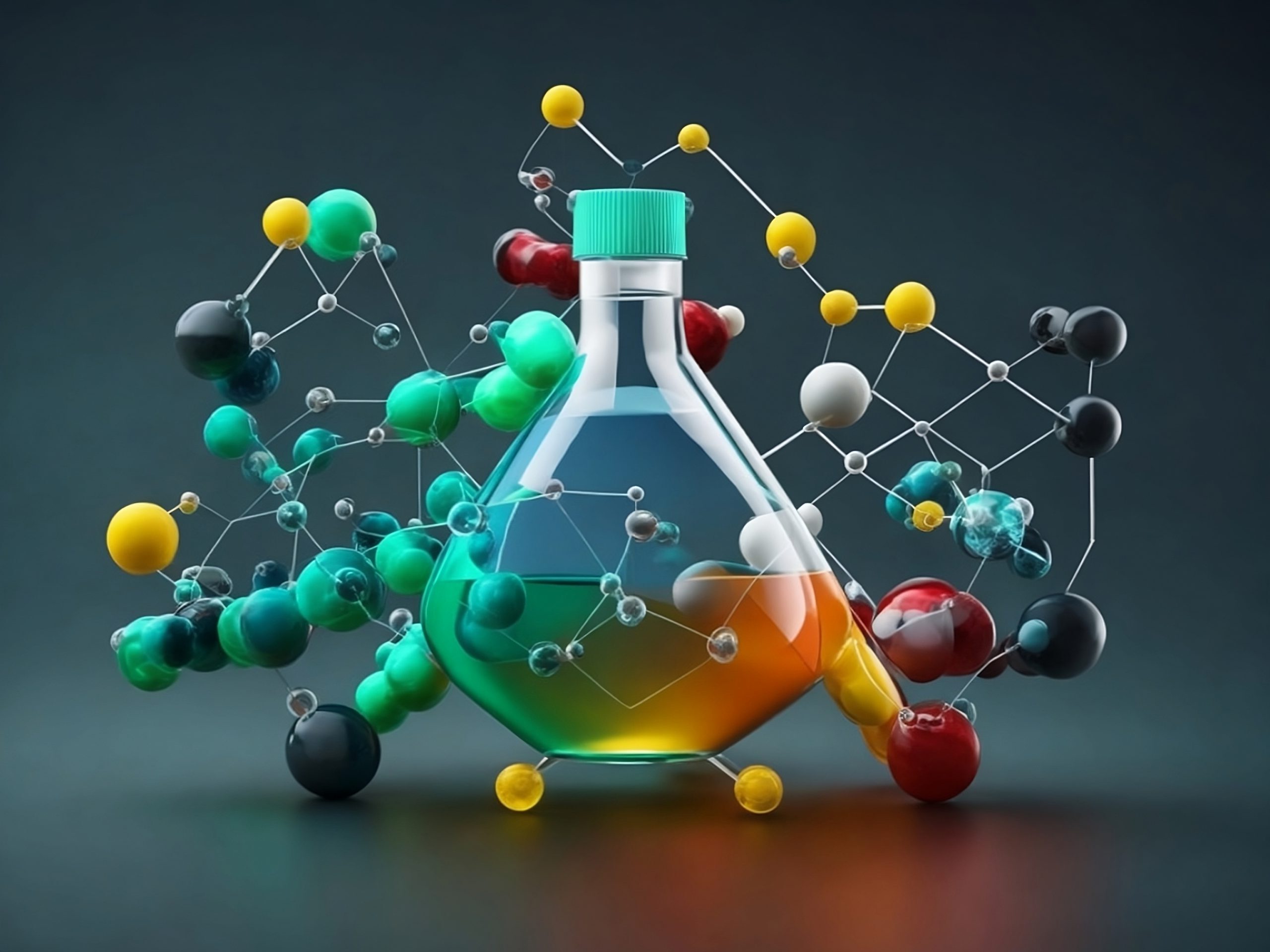
Chemical synthesis is a fascinating process that forms the backbone of modern chemistry. But what exactly is it? Chemical synthesis involves creating complex compounds from simpler substances through chemical reactions. This process is crucial for developing new materials, medicines, and even everyday products like plastics and detergents. Imagine transforming basic elements into life-saving drugs or innovative materials. That's the magic of chemical synthesis! Whether you're a budding scientist or just curious, understanding this process can open up a world of possibilities. Ready to dive into some intriguing facts? Let's explore the wonders of chemical synthesis together!
Key Takeaways:
- Chemical synthesis is the process of creating new compounds from simpler ones, crucial for medicines, plastics, and more. It involves various techniques like refluxing and distillation to achieve desired outcomes.
- The history of chemical synthesis is filled with groundbreaking discoveries, from debunking vitalism to revolutionizing medicine. Challenges like sustainability and scalability drive researchers to find innovative solutions for the future.
What is Chemical Synthesis?
Chemical synthesis is the process of creating complex chemical compounds from simpler ones. This method is fundamental in chemistry, enabling the production of a wide range of substances, from pharmaceuticals to plastics.
- Chemical synthesis involves combining two or more chemical entities to form a new compound.
- This process can be endothermic or exothermic, depending on whether it absorbs or releases heat.
- Catalysts often play a crucial role in speeding up chemical reactions without being consumed.
- Organic synthesis focuses on creating carbon-based compounds, essential in pharmaceuticals and biochemistry.
- Inorganic synthesis deals with non-carbon compounds, vital for materials science and industrial chemistry.
Historical Milestones in Chemical Synthesis
The history of chemical synthesis is rich with groundbreaking discoveries and innovations. Here are some key milestones that have shaped this field.
- In 1828, Friedrich Wöhler synthesized urea from ammonium cyanate, debunking the theory of vitalism.
- Paul Ehrlich developed the first synthetic drug, Salvarsan, in 1907, revolutionizing medicine.
- The Haber-Bosch process, developed in the early 20th century, enabled the mass production of ammonia, crucial for fertilizers.
- Robert Burns Woodward synthesized complex natural products like quinine and cholesterol, earning a Nobel Prize in 1965.
- The total synthesis of vitamin B12 by Albert Eschenmoser and Robert Burns Woodward in 1972 marked a significant achievement in organic chemistry.
Techniques and Methods in Chemical Synthesis
Various techniques and methods are employed in chemical synthesis to achieve desired outcomes. These methods can vary widely depending on the complexity of the target compound.
- Refluxing involves heating a reaction mixture while condensing the vapor back to liquid, ensuring the reaction continues without loss of solvent.
- Distillation separates components based on boiling points, useful in purifying synthesized compounds.
- Chromatography is a technique for separating and analyzing compounds, essential in identifying reaction products.
- Electrolysis uses electric current to drive chemical reactions, often used in inorganic synthesis.
- Microwave-assisted synthesis speeds up reactions by using microwave radiation, reducing reaction times significantly.
Applications of Chemical Synthesis
Chemical synthesis has a wide range of applications across various industries. From medicine to materials science, its impact is profound.
- Pharmaceuticals rely heavily on chemical synthesis for creating active ingredients in medications.
- Agriculture benefits from synthesized fertilizers and pesticides, enhancing crop yields.
- Polymers like plastics and synthetic fibers are products of chemical synthesis, essential in everyday life.
- Dyes and pigments used in textiles and paints are often synthesized chemically.
- Nanotechnology utilizes chemical synthesis to create nanoparticles with unique properties for electronics and medicine.
Challenges and Future Directions in Chemical Synthesis
Despite its advancements, chemical synthesis faces several challenges. Researchers are continually seeking innovative solutions to overcome these obstacles.
- Sustainability is a major concern, with efforts to develop greener synthesis methods that minimize environmental impact.
- Selectivity in reactions is crucial, aiming to produce the desired product without unwanted by-products.
- Scalability remains a challenge, as reactions that work in the lab may not be feasible on an industrial scale.
- Cost is a significant factor, with ongoing research to find more cost-effective synthesis routes.
- Automation and AI are emerging trends, promising to revolutionize chemical synthesis by optimizing reactions and reducing human error.
The Final Word on Chemical Synthesis
Chemical synthesis plays a huge role in our everyday lives. From the medicines we take to the materials we use, it’s all around us. Understanding its importance helps us appreciate the science behind many modern conveniences.
Whether it’s creating new compounds or improving existing ones, chemical synthesis drives innovation. Scientists work tirelessly to develop safer, more efficient methods. This field continues to evolve, promising even more exciting advancements in the future.
So next time you take a pill or use a plastic product, remember the complex processes that made it possible. Chemical synthesis isn’t just a scientific term; it’s a cornerstone of modern life. Keep an eye on this field—it’s bound to bring more surprises and benefits our way.
Frequently Asked Questions
Was this page helpful?
Our commitment to delivering trustworthy and engaging content is at the heart of what we do. Each fact on our site is contributed by real users like you, bringing a wealth of diverse insights and information. To ensure the highest standards of accuracy and reliability, our dedicated editors meticulously review each submission. This process guarantees that the facts we share are not only fascinating but also credible. Trust in our commitment to quality and authenticity as you explore and learn with us.
